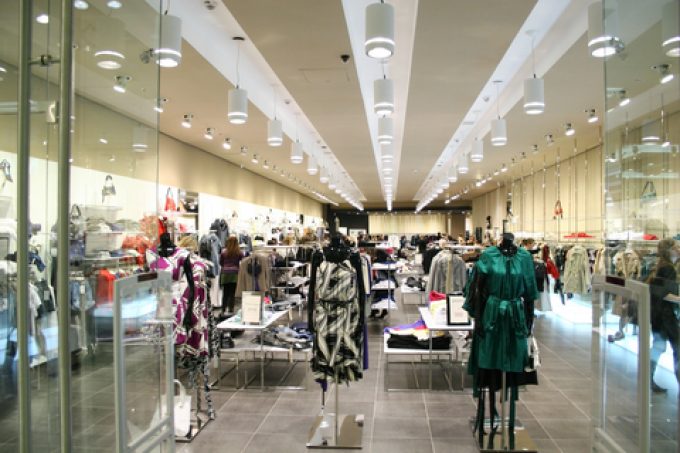Kontainers' Graham Parker returns – with another big idea
Graham Parker, co-founder of digital start-up ocean freight management platform Kontainers, which was acquired by ...

Hong Kong start-up Peeba wants to transform Asia’s “antiquated” B2B wholesale retail market with digital logistics solutions.
Peeba launched its online B2B marketplace during the Covid-lockdowns in 2020, when retailers were unable to attend tradeshows and in-person meetings to source new products.
Even without the pandemic, the company said, relying on face-to-face meetings was “slow and arduous” and it created its B2B wholesale platform to “connect unique brands from around the world with independent retailers across Asia Pacific”.
By April this year, when Peeba secured $4.2m in seed funding, it had signed-up 25,000 retailers and 1,500 brands in its mission is to “bring Asia’s B2B wholesale retail supply chain into the modern era”.
CEO Jacky Lai said: “Peeba’s major value-add is how we reduce inventory risk for retailers through our 60-day returns policy and ‘sell first, pay later’ model. That allows retailers to quickly adjust to post-pandemic realities with greater confidence.”
And according to Benny Wong, Peeba’s supply chain director, the company is able to “streamline logistics and shipping by pooling orders”.
He told The Loadstar: “We connect merchants and retailers around the world with both global and local couriers.
“With Peeba’s logistics intelligence, shipments are automatically assigned to the best route via different shipping solutions. This is all based on AI decision-making that factors-in product category, weight, origin, destination, shipping budget and time.”
And, he added, Peeba had multiple APIs, enabling supply chain operations like shipping label generation, documentation, shipment tracking, shipping cost estimation, customer services, warehouse operation, insurance and payments.
“All we need to run this real-time and paperless process are a few clicks, even via mobile device, ” said Mr Wong.
Nevertheless, despite all the supply chain tech enhancements, Mr Wong said, the company still faced challenges, including “unstable transport availability, shipping capacity, shipping costs, transit times and Covid prevention policies”.
He added: “We have to think from all angles to maintain supply chain stability – for example, whether we can ship indirectly to diversify sourcing and to react quicker.”
Comment on this article